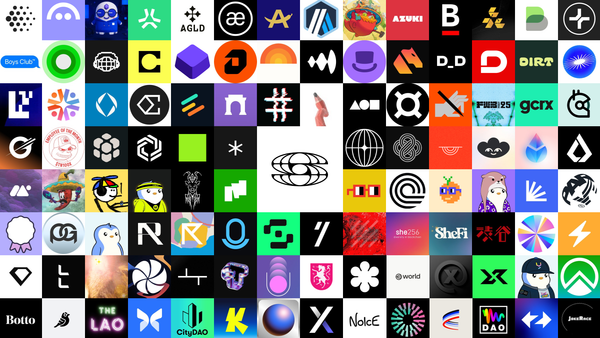
Syndicate Appchain RPC Nodes Now Live on the Google Cloud Platform
Syndicate Appchain RPC Nodes are now listed on the Google Cloud Platform, making it dramatically easier—and dramatically faster—for teams to self-host the core infrastructure behind their networks.
Read more











